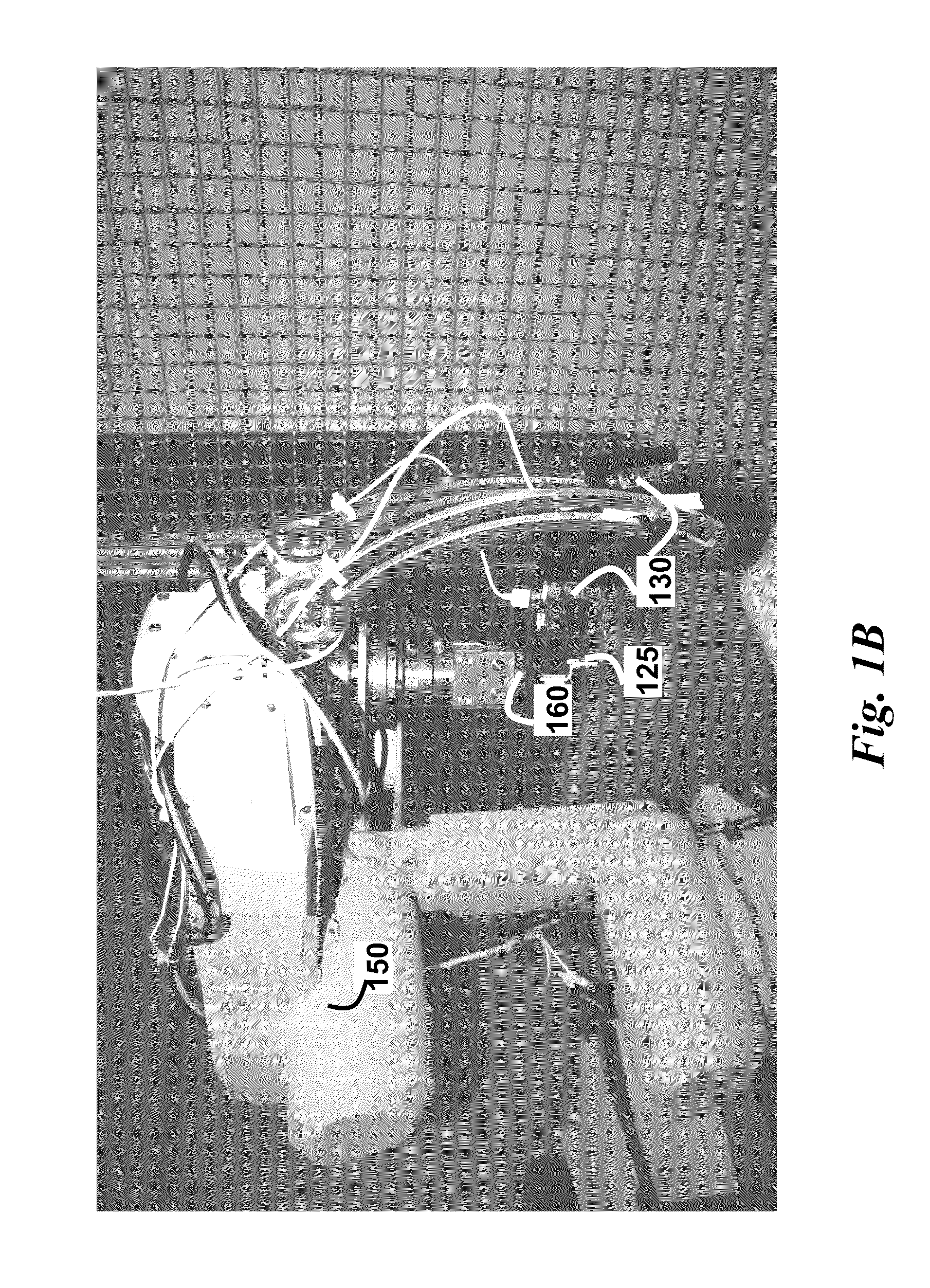Method and System for Segmenting Moving Objects from Images Using Foreground Extraction
a moving object and image technology, applied in the field of computer vision, can solve the problems of inability to use conventional background subtraction, inability to use intensity-based segmentation, and prior art segmentation methods that do not work well with dynamic scenes, homogenous scenes, images,
- Summary
- Abstract
- Description
- Claims
- Application Information
AI Technical Summary
Benefits of technology
Problems solved by technology
Method used
Image
Examples
Embodiment Construction
[0026]FIGS. 1A-1B show a system 100 and method 200 for segmenting a set of images 110 acquired of a scene 120. As defined herein, the set of images can include one or more images, where a temporal sequence of images is equivalent to a video. It is understood that the invention can operate on a single image.
[0027]The scene includes an object 125. The system also includes a camera 130 having an output connected to a processor 140. The processor includes input / output interfaces and memories as known in the art. The processor performs steps of a method 200 according to embodiments of the invention.
[0028]In an example industrial application, the robot picks parts from a bin 180 or from a moving conveyor belt 190. In one embodiment, the camera is arranged on a robot arm 150. The robot arm includes end effector 160 for holding the object. Foreground extraction is performed on the object that is held by the end effector. We are interested in determining the pose of the object that is held b...
PUM
 Login to View More
Login to View More Abstract
Description
Claims
Application Information
 Login to View More
Login to View More - R&D
- Intellectual Property
- Life Sciences
- Materials
- Tech Scout
- Unparalleled Data Quality
- Higher Quality Content
- 60% Fewer Hallucinations
Browse by: Latest US Patents, China's latest patents, Technical Efficacy Thesaurus, Application Domain, Technology Topic, Popular Technical Reports.
© 2025 PatSnap. All rights reserved.Legal|Privacy policy|Modern Slavery Act Transparency Statement|Sitemap|About US| Contact US: help@patsnap.com



